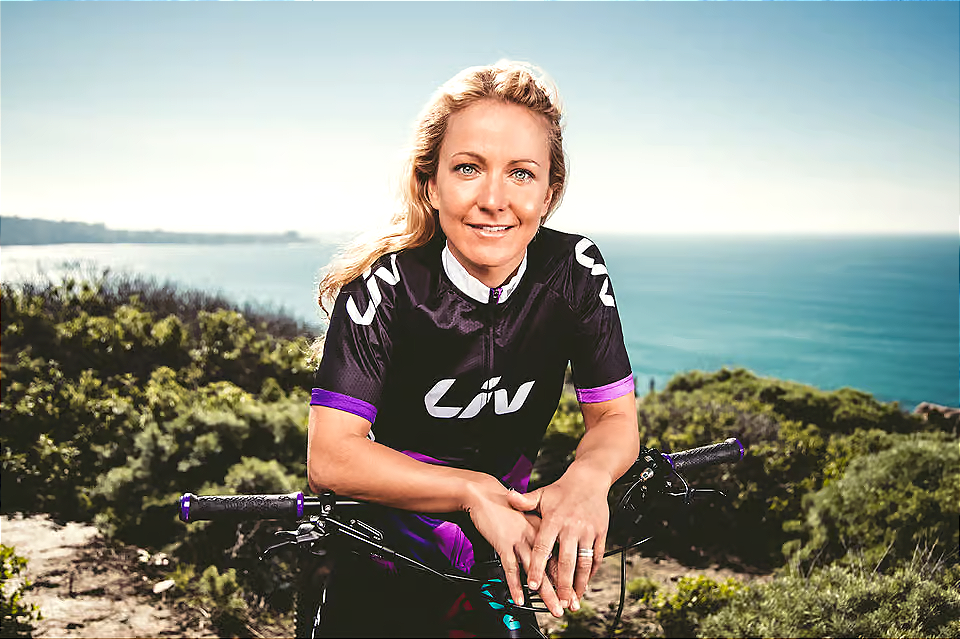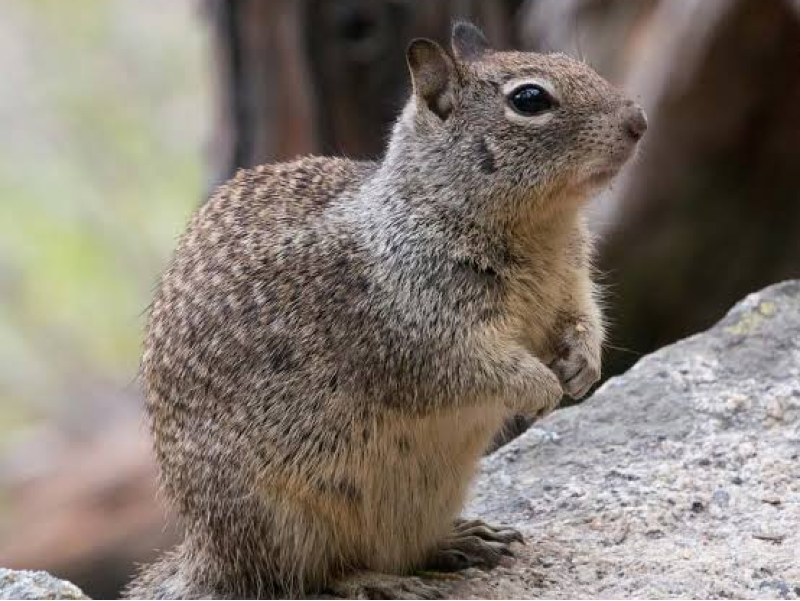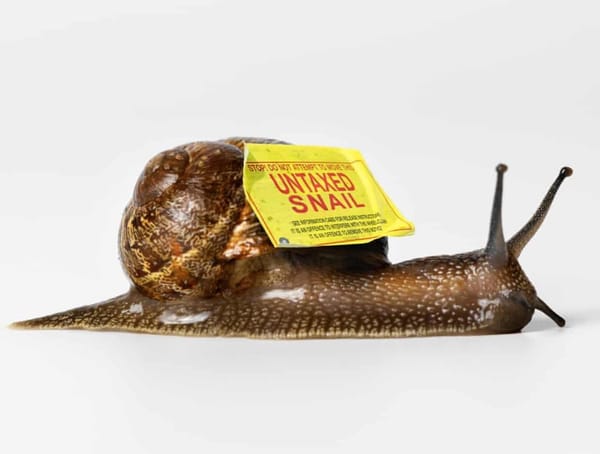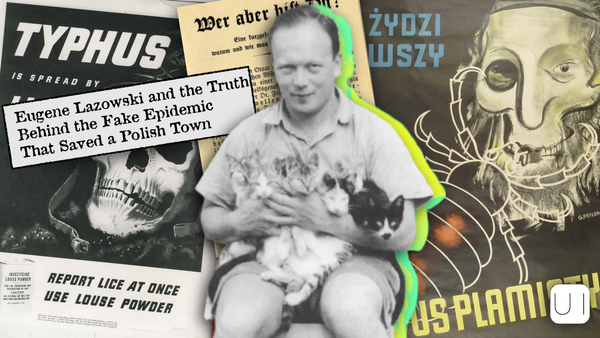She ran triathlons for 16 years to finance this Netflix movie

From The Standard: "She fell in love with the book, originally written by Erich Maria Remarque in 1928, in high school. Taking the German point of view, it follows soldier Paul Baumer through the trenches during the last years of the First World War. It had twice been adapted for the screen before, but not since 1979. It stayed at the back of Paterson’s mind as she pursued a career as a triathlete, winning numerous races around the world before coming across the book again, by chance, in a charity shop. When she and her husband, Simon Marshall, enquired about the rights, they were stunned to find them relatively affordable. The pair went for it and Paterson spent the next decade trying to get the film optioned, working on drafts of the script with writing partner Ian Stokell and funding the licence fee renewals by winning triathlons."
The strange tale of how a sea lion in California came to be called Alice

From Strange Company: "Alice and her husband of many years, Lee, were both from Mississippi, but since 1917, they lived in California and the Pacific Northwest, where Lee worked as a salesman and saw sharpener. In September of 1965, Alice died at their home in Santa Cruz, and Lee arranged to send her body to her home town of Terry, Mississippi, for burial. At the same time, the Boyd Science Museum in San Rafael, California, was awaiting the arrival of a sea lion that was also being shipped from Santa Cruz. This was when Fate arranged that the young sea lion and the elderly housewife would be forever entwined. During the shipping process, the bill of lading that was meant to accompany Alice’s corpse somehow wound up in the crate containing the sea lion. When the animal arrived at the museum, the employees were both intrigued and extremely confused. Who was Alice Parsons, and why was a sea lion named in her honor? They shrugged and decided to roll with it. From then on, the creature was known as “Alice.”
Tabloid newspapers got their name in the 1800s century when pills were invented

From Wikipedia: "A tabloid is a newspaper format characterized by its compact size, smaller than a broadsheet. The word tabloid comes from the name given by the London-based pharmaceutical company Burroughs Wellcome & Co. to the compressed tablets they marketed as "Tabloid" pills in the late 1880s. The connotation of tabloid was soon applied to other small compressed items. A 1902 item in London's Westminster Gazette noted, "The proprietor intends to give in tabloid form all the news printed by other journals." Thus tabloid journalism in 1901, originally meant a paper that condensed stories into a simplified, easily absorbed format. The term preceded the 1918 reference to smaller sheet newspapers that contained the condensed stories."
Hi everyone! Mathew Ingram here. I am able to continue writing this newsletter in part because of your financial help and support, which you can do either through my Patreon or by upgrading your subscription to a monthly contribution. I enjoy gathering all of these links and sharing them with you, but it does take time, and your support makes it possible for me to do that. I also write a weekly newsletter of technology analysis called The Torment Nexus.
No one knows how Santa Catalina Island's ground squirrels got there

From BioGraphic: "On California’s Santa Catalina Island, ground squirrels run riot across parks, roads, beaches, and high peaks. As far as squirrels go, that’s not unusual. Zoom out slightly, however, and it quickly becomes clear how out of place Santa Catalina’s ground squirrels really are. They aren’t found on any of the other seven Channel Islands, which form an archipelago off California’s southern coast. So how did the ground squirrels manage to get to one island that lies more than 40 kilometers (25 miles) from shore—yet skip all the others? According to Torben Rick, an archaeologist at the Smithsonian, the ground squirrel’s ticket to island life could have taken two routes: Either a pregnant female or a breeding pair rafted across from the mainland on floating debris, landed on Santa Catalina, and became Squirrel Adam and Squirrel Eve. Or, the squirrels were brought over by the Indigenous Tongva, the earliest known human inhabitants of the four southern Channel Islands and the Los Angeles Basin."
William Faulkner once held the record for the world's longest sentence at 1,288 words

From Open Culture: "Not only does Faulkner’s deep affiliation with his characters’ inner lives elevate his portraits far above the level of local color or regionalist curiosity, but it animates his sentences, makes them constantly move and breathe. No matter how long and twisted they get, they do not wilt, wither, or drag; they run river-like, turning around in asides, outraging themselves and doubling and tripling back. It is the extraordinary sensory quality of his prose that enabled Faulkner to get away with writing the longest sentence in literature, at least according to the 1983 Guinness Book of World Records, a passage from Absalom, Absalom! consisting of 1,288 words. Many hundreds of experimental writers have had almost identical experiences trying to exorcise the Oxford, Mississippi modernist’s voice from their prose. Read that onetime longest sentence in literature, all 1,288 words of it, below."
She didn't want the shark in her birthday picture
She didn’t want the shark in her birthday picture pic.twitter.com/Oz827I6HLV
— NO CONTEXT HUMANS (@HumansNoContext) April 15, 2025
Acknowledgements: I find a lot of these links myself, but I also get some from other newsletters that I rely on as "serendipity engines," such as The Morning News from Rosecrans Baldwin and Andrew Womack, Jodi Ettenberg's Curious About Everything, Dan Lewis's Now I Know, Robert Cottrell and Caroline Crampton's The Browser, Clive Thompson's Linkfest, Noah Brier and Colin Nagy's Why Is This Interesting, Maria Popova's The Marginalian, Sheehan Quirke AKA The Cultural Tutor, the Smithsonian magazine, and JSTOR Daily. If you come across something interesting that you think should be included here, please feel free to email me at mathew @ mathewingram dot com



